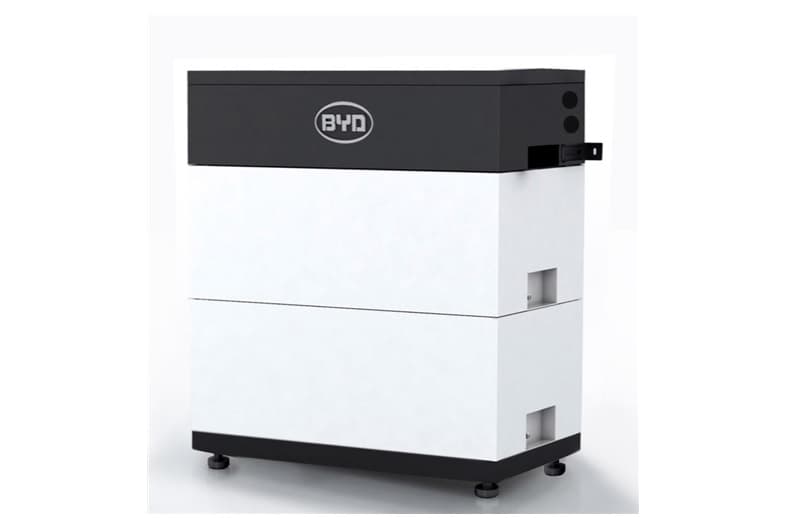
Image courtesy of Ecodirect.com
Key Points
- With up to 32 kWh capacity, BYD Battery-Box offers one of the highest storage capacities.
- BYD’s lithium iron phosphate-based batteries are cheaper, safer, and more sustainable than batteries made of nickel and cobalt.
- You can start with a small Battery-Box and add more capacity later.
- Eligible for the 30% federal Clean Energy Credit.
Ready to go solar? Call 877-307-7668to be connected with a solar expert today!